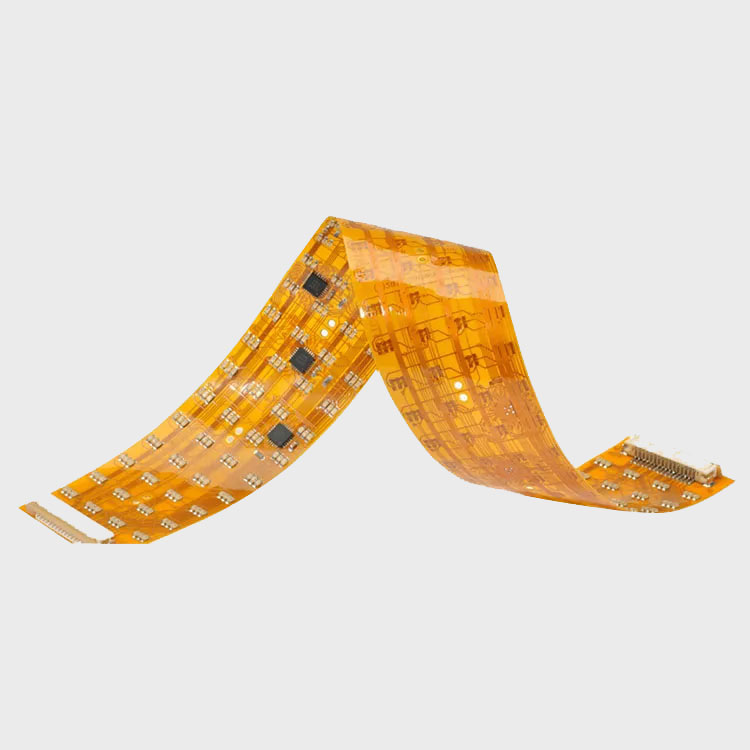
In conclusion, flexible PCBs are essential in the development of IoT devices because they enable the creation of small, lightweight, and flexible devices. They offer several benefits over traditional rigid PCBs, including durability, flexibility, and customization. At Hayner PCB Technology Co., Ltd., we specialize in the design and manufacture of flexible PCBs for a wide range of applications. Contact us today at sales2@hnl-electronic.com to learn more about our services.
1. J.C. Wang, Y.H. Chen, and L.J. Chen. (2018). "Development of Flexible PCB-Based IoT Sensors and Wearable Devices Using Screen Printing Technology," Sensors, 18(3), 721.
2. A. Shishir, M.M. Hasan, and S.S. Pramanik. (2021). "Design and Implementation of a Low-Cost Flexible PCB for Internet of Things (IoT) Applications," Optik, 260, 166943.
3. G. Zhang, C. Zhong, and Y. Wang. (2019). "Design and Fabrication of a Flexible PCB for a Wearable ECG Monitoring Device," Journal of Electronic Science and Technology, 17(1), 42-46.
4. K. Jung, Y. Kim, and J. Song. (2020). "Flexible PCBs for Wearable Health Devices," Healthcare Informatics Research, 26(4), 258-267.
5. Y. Choi, K. Kim, and J. Shin. (2017). "A Novel Flexible Printed Circuit Board for Smart Clothing Applications," Fibers and Polymers, 18(12), 2291-2296.
6. S. Lee, J. Park, and H. Kim. (2018). "Development of a Flexible PCB for a Wearable Bluetooth Low Energy Temperature Sensor," Applied Sciences, 8(8), 1268.
7. Z. Liu, S. Zhang, and Y. Wei. (2019). "Design of a Flexible PCB-Based Wireless ECG Monitoring System," International Journal of E-Health and Medical Communications, 10(3), 29-43.
8. H. Zhang, J. Qin, and Y. Zhang. (2020). "Design and Fabrication of Flexible PCB-Based Electrochemical Sensors for Detection of Heavy Metal Ions," Sensors and Actuators B: Chemical, 321, 128478.
9. Y. Chen, L. Lin, and S. Ma. (2017). "Design and Fabrication of a Flexible PCB-Based Wireless Pressure Sensor Array," Microsystem Technologies, 23(7), 2947-2955.
10. J. Wu, Y. Liu, and L. Zhang. (2019). "Design and Fabrication of a Flexible PCB-Based Capacitive Sensor for Force Sensing," Microsystem Technologies, 25(12), 4873-4880.
TradeManager
Skype
VKontakte
